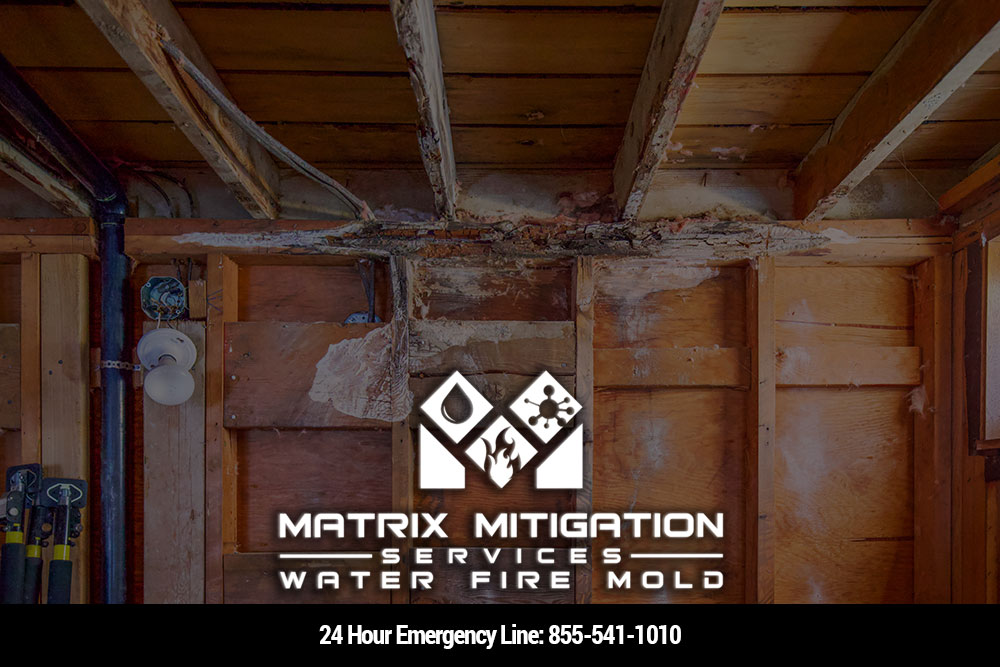
Mold resulting from water damage is not just an unsightly issue—it poses a significant health risk to your family, customers, or employees. Often lurking unseen, mold can thrive in damp, humid environments, making post-water damage scenarios a perfect breeding ground. This guide aims to shed light on why mold is so dangerous and what steps you can take to protect your indoor environments.
Understanding Mold and Its Risks
Mold is a type of fungus that can grow almost anywhere moisture is present. While some molds are harmless, others can produce allergens, irritants, and potentially toxic substances known as mycotoxins. These can lead to a range of health problems, from mild allergic reactions to serious respiratory issues.
Why Is Mold So Dangerous?
Health Impacts: Exposure to mold can cause symptoms such as sneezing, coughing, throat irritation, nasal congestion, and in severe cases, asthma attacks or lung infections.
Rapid Growth: Mold can begin to grow within 24-48 hours after water damage, spreading quickly through spores in the air.
Structural Damage: Beyond health risks, mold can weaken the structural integrity of buildings by breaking down organic materials like wood and drywall.
Mold in Homes and Businesses: A Silent Invader with Serious Health Risks
Preventing Mold After Water Damage
Immediate Action: Address water damage promptly to prevent mold growth. Remove standing water and dry out affected areas within 48 hours.
Humidity Control: Use dehumidifiers and air conditioners to keep indoor humidity levels below 60%.
Ventilation: Improve ventilation in high-moisture areas like bathrooms and kitchens to reduce dampness.
Regular Inspections: Conduct regular checks for signs of mold in hidden areas, such as under carpets, behind wallpapers, and in basements.
Health and Safety First
Prioritizing the health and safety of inhabitants is crucial. If you suspect mold growth:
Consult Professionals: For extensive mold issues, it’s advisable to seek professional mold remediation services to safely and effectively address the problem.
Protective Measures: When cleaning small areas of mold, wear protective gear to avoid exposure to harmful spores.
The dangers of mold in homes and businesses from water damage are not to be underestimated. Mold poses serious health risks and can contribute to structural damage if left unaddressed. Taking swift action to dry out water-damaged areas, controlling humidity, and ensuring proper ventilation are key steps in preventing mold growth. For large-scale infestations, enlisting the help of professionals is essential to safeguard the health of everyone in the affected environment.
Remember, the key to combating mold is prevention and timely intervention. By staying vigilant and proactive, you can protect your family, customers, and employees from the hidden dangers of mold.
Learn more about mold damage and protective measures
